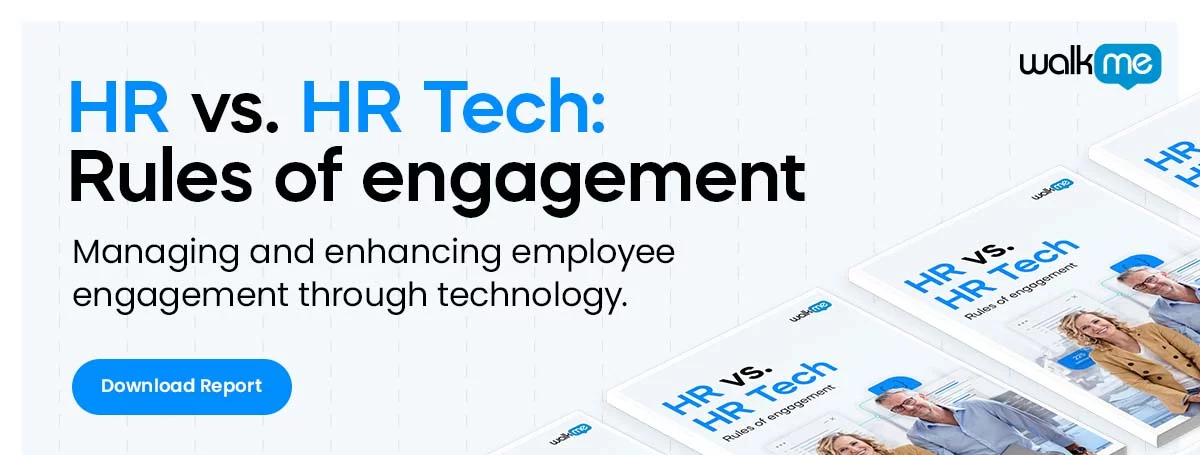
An employee assistance program (EAP) vs. a corporate wellbeing program – what are the pros and cons of each?
In the modern workplace, mental health has become a concern for many organizations and employees. In part, this is due to COVID-19, which increased stress and social isolation, building awareness of the need for more mental health support options.
These new concerns have compelled many managers and leaders to look for solutions, two of which are employee assistance programs and corporate wellbeing programs.
Below, will compare the two choices and assess their pros and cons.
What is an Employee Assistance Program (EAP)?
An employee assistance program, or an EAP, is a benefits package that employers provide to employees. Like medical benefits, it assists employees with the costs of certain types of health issues – in this case, mental health and addiction issues.
Here is a brief overview of what these programs do and don’t provide:
- Assistance for problems related to work, mental health, addiction, and other personal problems. Typically, physical medical issues are not covered. However, EAPs will provide support for a wide range of other personal issues including everything from grief counseling to work-related conflicts. In some cases, organizations will have in-house specialists, but this can be costly, so many companies will outsource benefits.
- Financial coverage for benefits. Like medical benefits, EAPs provide financial support for employees who use their services. The costs and pay structure will naturally differ depending on the type of EAP and organization provides.
- Consultations for both individuals and the organization as a whole. Consultations, counseling, assessments, and referrals are among the most common types of benefits provided by EAPs. In some cases, counselors will also work with managers and business leaders, offering training, consultations, and support for the workforce as a whole.
- Anonymity for employees who take advantage of these benefits. Employees who used the services provided by an EAP are protected by confidentiality laws. Employers may know whether or not employees take advantage of the services, but, as with medical programs, issues related to mental health are strictly protected by HIPAA privacy regulations.
What are the benefits of an EAP?
There are several:
- Employees have access to programs that assist with issues such as mental health
- Decreased costs that can be caused by mental health problems in the workplace
- Workers who want access to EAPs will gravitate towards employers that offer them, which can increase the company’s access to talent
As with any program, there are drawbacks. However, those drawbacks will often vary from program to program and they can be difficult to measure.
For instance, it can be difficult to measure the quality of a program and that program’s quality may be somewhat subjective, depending on the viewpoints of the individuals who receive care – unlike physical ailments, after all, mental health issues are more subjective and treatments don’t always work.
Also, since employers have limited data on how employees use the program, it can also be difficult to measure the EAP’s ROI. However, since the alternative is to invade employees’ privacy, there is no other option.
Ultimately, aside from the cost to an organization – which can outweigh the benefits if the EAP is not used properly – these programs have few downsides.
EAPs vs. Corporate Wellness Programs
Corporate wellness programs share the same goal as EAPS, but they differ in their approach.
Unlike EAPs, corporate wellness programs aim to improve employee health through health-related amenities in the workplace.
These can include a wide range of solutions, such as:
- Yoga classes
- Exercise classes
- Gym facilities
- Massage
- Corporate retreats
- Healthy eating options
- Solutions for the WFH workforce
The key difference is that they don’t usually involve professional medical care. They do, however offer many of the same benefits such as:
- Decreased health costs
- A better work environment
- Improved employee health
- A more attractive employer brand
The downsides of corporate wellness programs often revolve around the costs. After all, employees are typically not forced to partake in a corporate wellness program’s activities – and if they are, it could easily have the opposite of the intended effect.
Also, corporate wellness programs are offered through private organizations and they do not include “official” medical care, such as counseling or referrals to doctors. For that reason they should not be used as a substitute for EAPs.
Choosing the Right Support Option for Your Workforce
Every organization should evaluate the pros, cons and costs of the options mentioned above. Every organization has a budget, after all, so it is not always cost effective to use both corporate wellness programs and EAPs.
As with any business investment, the decision comes down to a cost-benefit analysis – which will achieve the desired outcomes at the most affordable rate?
It is also worth noting that there are other options besides those covered here.
For instance, if the goal is to improve mental health, employers can focus on issues within the workplace that cause stress, such as:
- Inefficient workflows
- Poor management
- Stress related to remote work
These types of improvements can not only have a positive impact on employees’ mental health, they can directly affect employee productivity, job satisfaction, the workplace climate, and more.
WalkMe Team
WalkMe spearheaded the Digital Adoption Platform (DAP) for associations to use the maximum capacity of their advanced resources. Utilizing man-made consciousness, AI, and context-oriented direction, WalkMe adds a powerful UI layer to raise the computerized proficiency, everything being equal.



